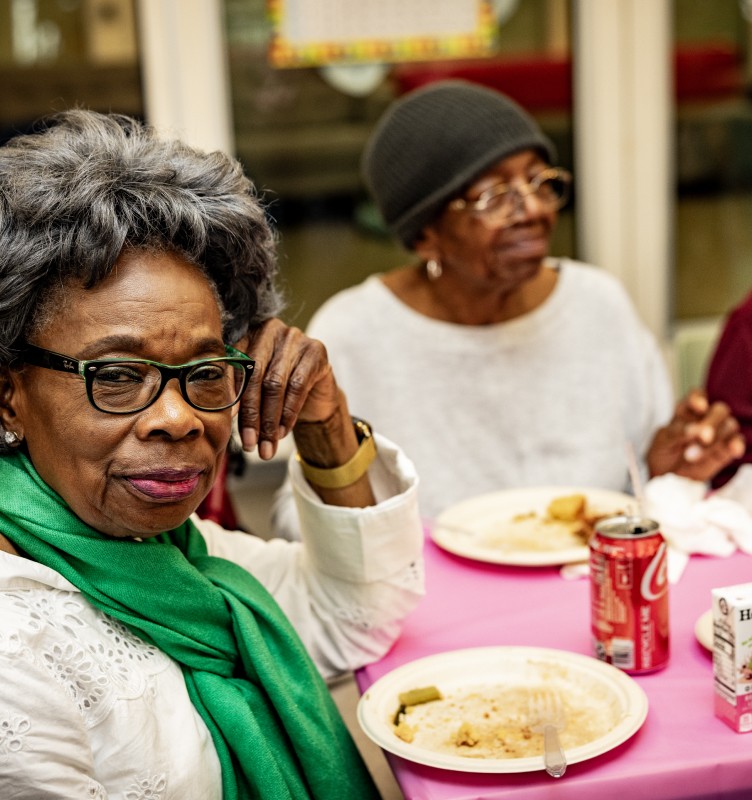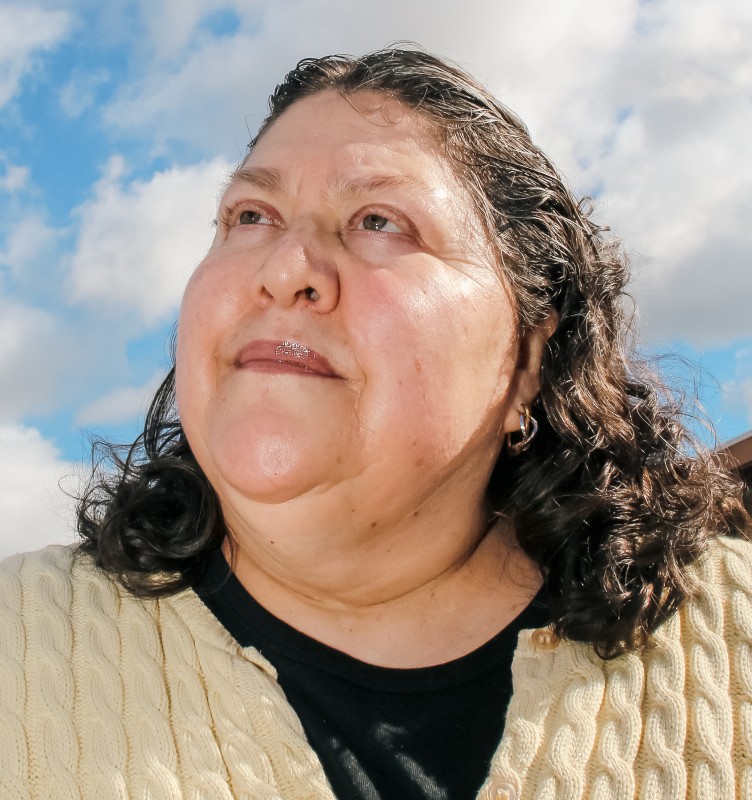
Racial Equity
Our Commitment to Racial Equity
Metta Fund seeks to improve the health and wellness of San Francisco’s growing older adult population.
Yet, we are continually reminded that racism is a formidable barrier to that mission. In order to make meaningful impact and advance equity in aging, we believe that we must be both explicit and unequivocal in our long-term commitment to advancing racial equity – and being antiracist – in all that we do. This statement serves to articulate how Metta Fund will apply a racial equity lens to shift its internal and external practices, policies, and grantmaking investments.
We recognize that our society is challenged to overcome its complex, interconnected web of inequities – racism, sexism, homophobia, classism, xenophobia, ageism, and ableism among them. Each of these forms of oppression is a powerful driver of inequitable access to opportunity and resources. However, we also know that individuals whose multiple, social identities intersect experience compounded discrimination, amplified by race.

Racial equity and justice are essential to achieving equity in health outcomes.
Ultimately, the elimination of race as a predictor of life outcomes will have a significantly positive impact on other injustices.

Racism continues to pose barriers to fulfilling human potential and creates vast inequities.
From education to housing and lending to hiring. These affronts to our humanity are a direct result of our nation’s original sins. We also recognize that many of today’s healthcare disparities are attributed to exploitative, structural policies targeting people of color, especially the Black community.
Our Commitment
The following reflects the core of our commitment to racial equity:
01
Providing regular learning and training for Metta Fund board and staff, including explicit training on structural and historic racism and its impact on systems, policies, and outcomes
02
Acknowledging historical traumas stemming from systemic racism and grounding our work in that history so that we better understand how past social policies have led to current conditions affecting communities of color
03
Committing to disaggregating data by race and place to identify groups and places where an intervention is most likely to create the biggest impact
04
Partnering with community and ensuring that those directly affected by structural racism are centered in decision-making
05
Using a racial equity lens across governance, financial investments, and organizational administration
06
Understanding and naming root causes of racial inequities
07
Regularly promoting the contributions of communities of color, and promoting racial equity, in our communications platforms

It’s a journey. The path towards racial equity is long-term and continuous, and we recognize that we are on an ongoing journey. Our commitment requires that we listen deeply, that we validate others’ experiences, and that we bring deep humility to our continued learning. This is a work in progress—we invite you to join us on this journey.
Our Investments. We believe in using the financial levers at our disposal to advance equity. Learn about our investment philosophy.

Definitions
To achieve some degree of shared understanding, we find it helpful to clarify language and definitions. Metta Fund’s definitions are adapted from the Racial Equity Tools Glossary; the UC Berkeley Center for Equity, Gender and Leadership’s Glossary of Terms; and from our work with equity consultant and social change activist Gregory Hodge.
Diversity
Includes all the ways in which people differ, encompassing the different characteristics that make one individual or group different from another. We recognize that individuals affiliate with multiple identities.
Inclusion
The act of creating environments in which any individual or group can be and feel welcomed, respected, supported, and valued to fully participate. An inclusive and welcoming climate embraces differences and offers respect in words and actions for all people. It’s important to note that while an inclusive group is by definition diverse, a diverse group isn’t always inclusive. Increasingly, recognition of unconscious or ‘implicit bias’ helps organizations to be deliberate about addressing issues of inclusivity.
Racial Equity
Racial equity is the condition that would be achieved if one’s racial identity no longer predicted, in a statistical sense, how one fares. When we use the term, we are thinking about racial equity as one part of racial justice, and thus we also include work to address root causes of inequities, not just their manifestation. This includes elimination of policies, practices, attitudes, and cultural messages that reinforce differential outcomes by race or that fail to eliminate them.
Equity
Situational fairness. The fair treatment, access, opportunity, and advancement for all people, while at the same time striving to identify and eliminate barriers that have prevented the full participation of some groups. Improving equity involves increasing justice and fairness within the procedures and processes of institutions or systems, as well as in their distribution of resources. Tackling equity issues requires an understanding of the root causes of outcome disparities within our society.
Intersectionality
Coined in 1989 by professor Kimberlé Crenshaw, the theory that the overlap of various social identities, as race, gender, sexuality, class, and age contributes to the specific type of systemic oppression and discrimination experienced by an individual. For example, an older Black woman in America does not experience gender inequalities in exactly the same way as an older white woman, nor racial oppression or ageism identical to that experienced by an older Black man. Each race, gender, and age intersection produces a qualitatively distinct life.
Anti-Racism
The opposite of racist isn’t ‘not racist’. It is ‘anti-racist’. What’s the difference? One endorses either the idea of a racial hierarchy as a racist, or racial equality as an antiracist. One either believes problems are rooted in groups of people, as a racist, or locates the roots of problems in power and policies, as an anti-racist. One either allows racist inequities to persevere, as a racist, or confronts racial inequities, as an anti-racist. There is no in-between safe space or ‘not racist’.
Resources
The below resources have helped guide our ongoing learning and equity work, both as individuals and as a team. A sincere thank you for the work and labor of all those involved.
Gregory Hodge, Kephera Consulting
The Urgency of Intersectionality, Kimberlé Crenshaw | TED Talk
Targeted Universalism: Policy and Practice, Othering and Belonging Institute
Grantmaking with a Racial Justice Lens, Rinku Sen & Lori Villarosa
The Case for Reparations. Ta-Nehisi Coates. The Atlantic.
The 1619 Project, New York Times Magazine (developed by Nikole Hannah-Jones)
Ibram X. Kendi, How to Be an Anti-Racist.
UC Berkeley Center for Equity, Gender and Leadership, Glossary of Terms